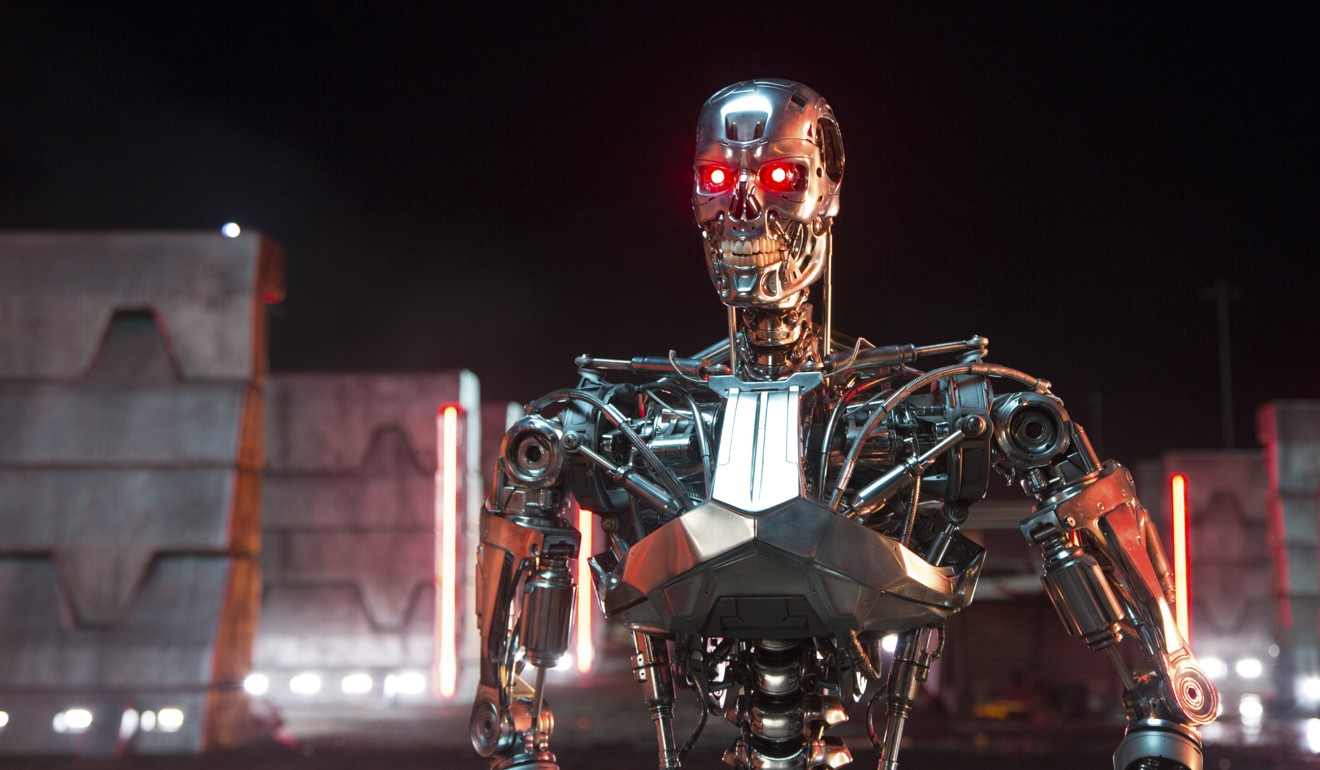
UN to debate ‘killer robots’, as advocates of ban warn of dangers posed by autonomous weapons
A UN panel agreed on Friday to move ahead with talks to define and possibly set limits on weapons that can kill without human involvement, as human rights groups said governments are moving too slowly to keep up with advances in artificial intelligence that could put computers in control one day.
Ambassador Amandeep Gill of India, who chaired the gathering, said participants plan to meet again in 2018. He said ideas discussed this week included the creation of laws, a code of conduct, or a technology review process.
The Campaign to Stop Killer Robots, an umbrella group of advocacy groups, says 22 countries support a ban of the weapons and the list is growing. Human Rights Watch, one of its members, called for an agreement to regulate them by the end of 2019.
The meeting falls under the UN’s Convention on Certain Conventional Weapons – also known as the Inhumane Weapons Convention – a 37-year old agreement that has set limits on the use of arms and explosives like mines, blinding laser weapons and booby traps over the years.
The group operates by consensus, so the least ambitious goals are likely to prevail, and countries including Russia and Israel have firmly staked out opposition to any formal ban. The US has taken a go-slow approach, rights groups say.

UN officials say in theory, fully autonomous, computer-controlled weapons don’t exist but defining exactly what killer robots are and how much human interaction is involved was a key focus of the meeting. The US argued that it was “premature” to establish a definition.
The concept alone stirs the imagination and fears, as dramatised in Hollywood futuristic or science-fiction films that have depicted uncontrolled robots deciding on their own whether to fire weapons and kill people.
Gill played down such concerns.
“Ladies and gentlemen, I have news for you: the robots are not taking over the world. So that is good news, humans are still in charge … We have to be careful in not emotionalising or dramatising this issue,” he told reporters on Friday.
The US, in comments presented, insisted autonomous weapons could help improve guidance of missiles and bombs against military targets, thereby “reducing the likelihood of inadvertently striking civilians”. Autonomous defensive systems could help intercept enemy projectiles, one US text said.
“The bottom line is that governments are not moving fast enough” said Steven Goose, executive director of arms at Human Rights Watch. He said a treaty by the end of 2019 is “the kind of timeline we think this issue demands”.

